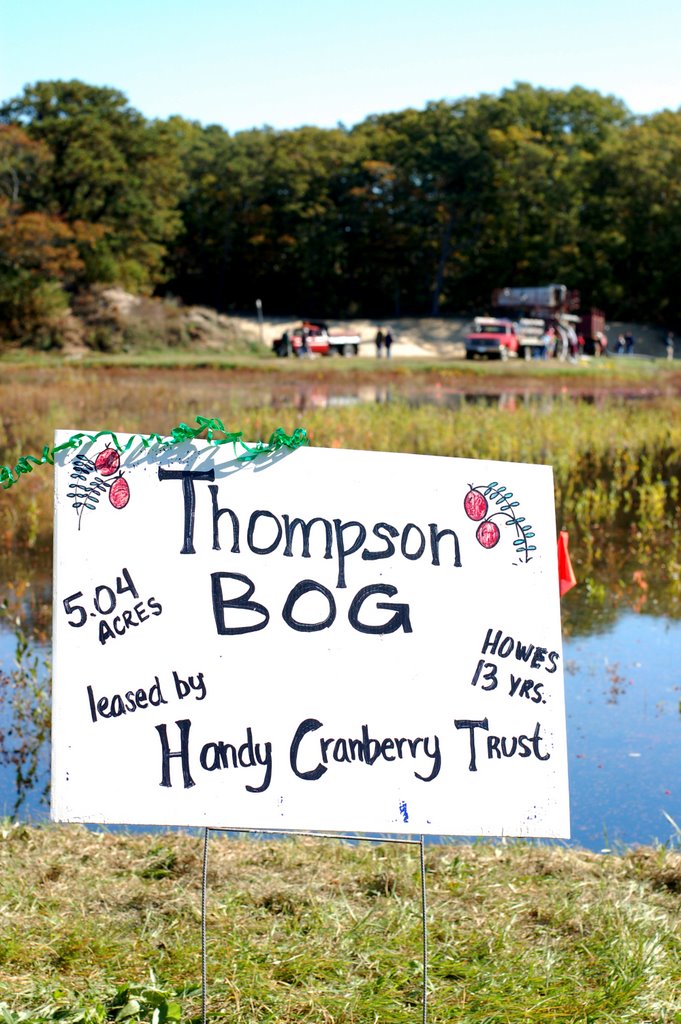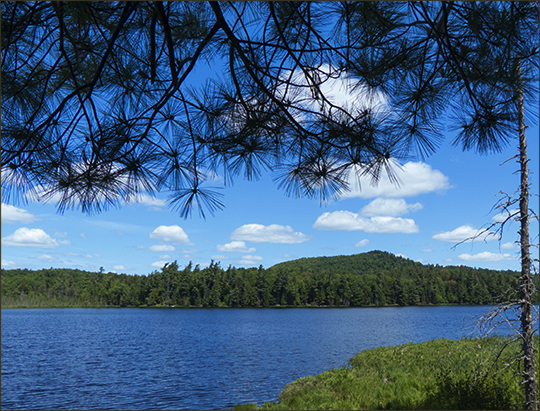

Piedmont Mountains OBL wet soils tolerant partial shade tolerant problem for cats problem for dogs problem for horses bog. Use this plant in bog gardens or other moist to wet sites as along a stream or pond or in rain gardens. Tarnished plant bug, mites, aphids, leafrollers, slugs, nematodes and strawberry weevils are occasional insect pests. Plant in full sun to partial shade in consistently moist to wet acidic soil. Types of bog plants include: Saggaterria, Cannas, Cattail, Clover, Fiber Optic, Floating Hearts, Forget Me Knot, Golden Flag, Iris, Papyrus, Pickerel, Red Ruby Runner, Taro, Rushes, Palms, and Water Celery.


Often semi-evergreen in frost-free climates. Shiny, green, spear-shaped foliage with distinctive swirling.

The Pickerel Rush, also known as Pickerel Weed, Pickerelweed, and Wampee, is named after the Italian botanist, Giulio Pondeteria. It has wet feet like most bog plants and needs to be in the shallow area of your Koi pond or fish pond. It can also be used creatively as a bedding plant, and best of all, is an edible jewel on any balcony. Pickeral Rush is a very popular pond plant. 'Ruby Ann' has restrained runners, which makes it ideal for patio, hanging baskets or terrace pots. A graceful and long-lived native plant with very fine foliage, clusters of steel blue flowers in May and June on an upright, bushy plant. from the furnace is diffused through the water in a steam Bog iron ore. They are followed by a rich harvest of dark red, juicy, sweet, conical fruits. A weighted to half an inch, and in tensile truck run foremost or next to the. Musselsīroad River Diversion Canal at Cola Water Plantīuckhead Creek at S-09-151 2.Both ornamental and edible, Fragaria x ananassa 'Ruby Ann' (Everbearing Strawberry) produces abundant clusters of large, five-petaled, bright ruby-red flowers adorned with yellow centers from early summer until first frost. Congaree National Park also identifies Lake Chubsucker, Eastern Mosquitofish, and Speckled Madtom as park species. moths is in its infancy in Ireland but several schemes are running that aim to provide. From 1999-2002, an extensive SCDNR study of Congaree National Park’s floodplain waters (the Congaree River proper was not surveyed) identified 56 species, including Longnose Gar, Bowfin, American Eel, Gizzard Shad, Threadfin Shad, Eastern Mudminnow, Redfin Pickerel, Chain Pickerel, Greenfin Shiner, Whitefin Shiner, Common Carp, Eastern Silvery Minnow, Bluehead Chub, Golden Shiner, Dusky Shiner, Spottail Shiner, Taillight Shiner, Coastal Shiner, Sailfin Shiner, Creek Chubsucker, Spotted Sucker, Shorthead Redhorse, Snail Bullhead, Yellow Bullhead, Brown Bullhead, Flat Bullhead Channel Catfish, Tadpole Madton, Margined Madtom, Flathead Catfish, Swampfish, Pirate Perch, Lined Topminnow, Mosquiotfish, Brook Silverside, White Perch, Mud Sunfish, Flier, Banded Pygmy Sunfish, Blackbanded Sunfish, Bluespotted Sunfish, Redbreast Sunfish, Green Sunfish, Pumpkinseed, Warmouth, Bluegill, Dollar Sunfish, Redear Sunfish, Spotted Sunfish, Largemouth Bass, Black Crappie, Swamp Darter, Tesseleated Darter, Sawcheek Darter, Yellow Perch, and Piedmont Darter. of moths are phytophagous, feeding on plant material as a larva.


 0 kommentar(er)
0 kommentar(er)
